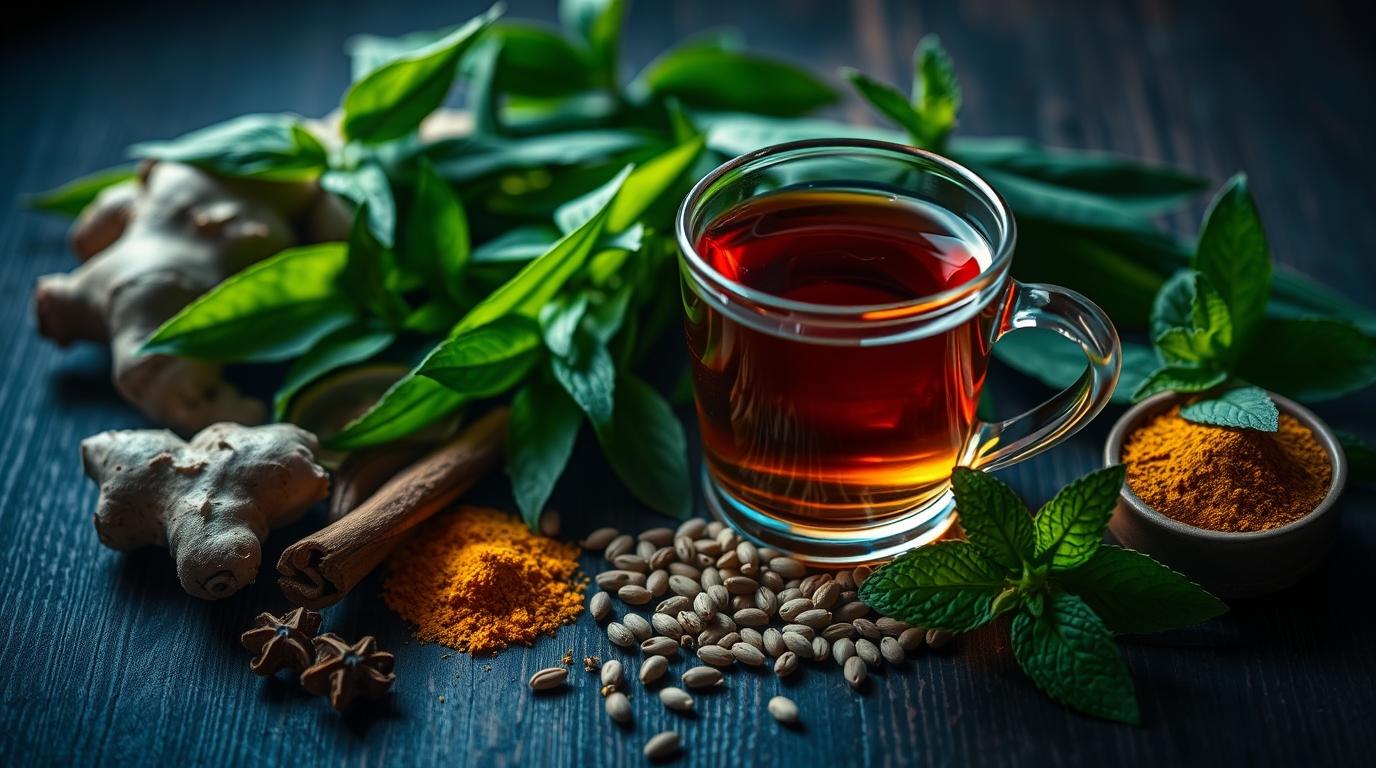Introduction: Nature’s Way to Wellness
In the ever-evolving world of health and fitness, the search for effective and natural means of achieving weight loss continues to gain momentum. Among the many methods available, plants and herbs stand out as time-tested remedies. These botanical wonders not only promote weight loss but also provide additional health benefits that enhance overall well-being. In this blog, we’ll explore various plants and herbs that can support your weight loss journey naturally.
The Science Behind Plants and Herbs in Weight Loss medication
Plants and herbs contain bioactive compounds that influence metabolism, reduce appetite, and boost fat burning. These compounds include antioxidants, flavonoids, alkaloids, and essential oils, which can aid in detoxifying the body, improving digestion, and regulating blood sugar levels.
- Metabolism Booster: Certain herbs, like green tea and cayenne pepper, stimulate the metabolism, helping the body burn calories more efficiently.
- Appetite Suppressants: Plants like fennel and psyllium husk create a feeling of fullness, thereby reducing overall calorie intake.
- Natural Diuretics: Herbs such as dandelion promote water loss, which can help reduce bloating and water weight.
Popular Herbs and Their Role in Weight Loss
1. Green Tea
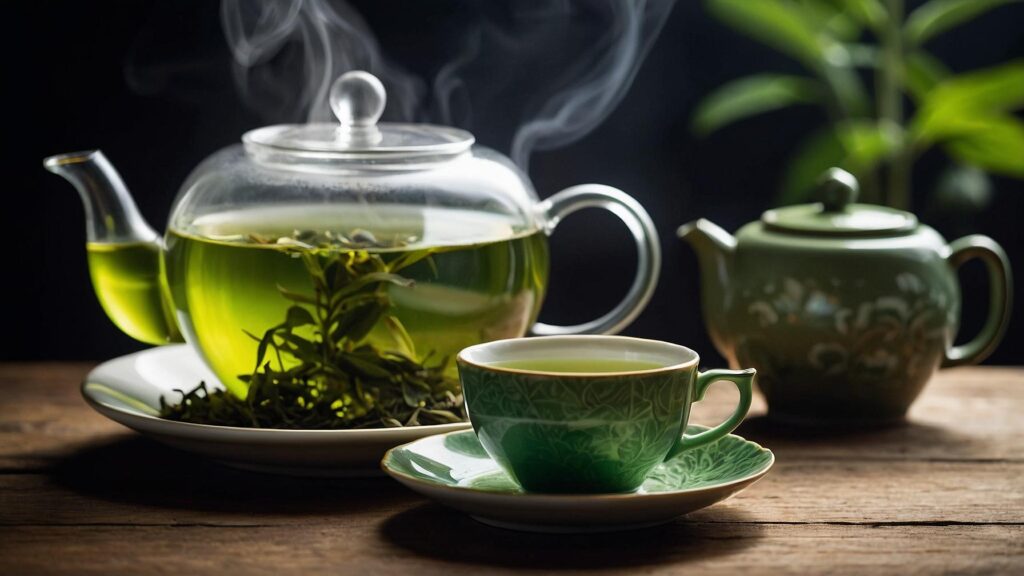
Green tea is one of the most researched natural remedies for weight loss and is widely celebrated for its numerous health benefits. It is packed with powerful antioxidants, particularly epigallocatechin gallate (EGCG), which is known to significantly boost metabolism and promote fat oxidation. This unique compound not only aids in burning calories more efficiently but also enhances the body’s ability to metabolize fat, making it a popular choice for those seeking to shed extra pounds. Additionally, green tea can help to suppress appetite and reduce cravings, further supporting weight management efforts in a natural way.
- Benefits: Enhances energy expenditure, burns fat, and supports heart health.
- How to Use: Brew fresh green tea and consume 2-3 cups daily.
2. Cayenne Pepper
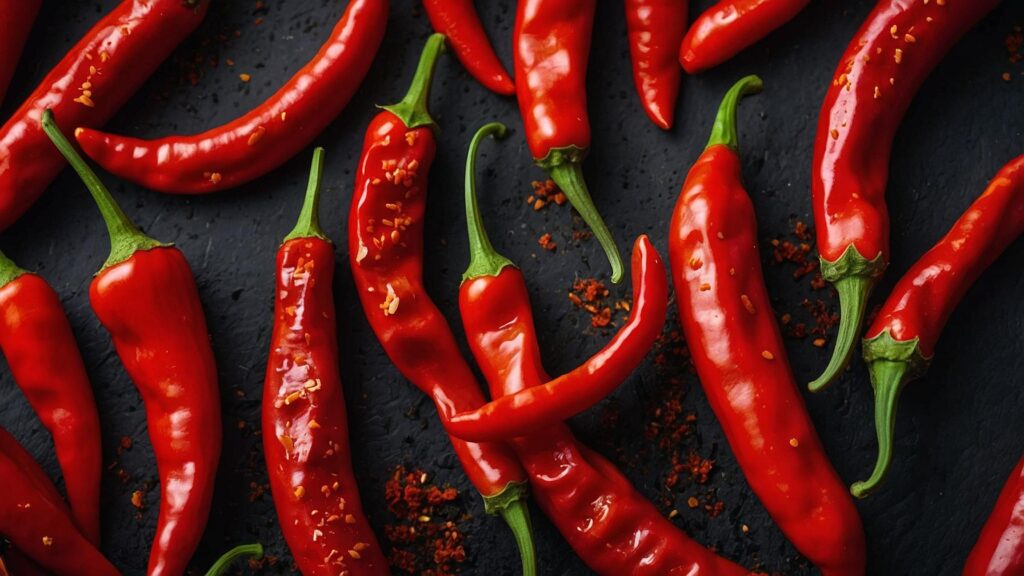
Known for its remarkable thermogenic properties, cayenne pepper has the ability to temporarily increase your body temperature, which significantly aids in the process of burning calories more efficiently. This natural spice not only enhances the flavor of various dishes but also plays a crucial role in boosting metabolism, leading to potential weight loss benefits. By incorporating cayenne pepper into your diet, you can take advantage of its heat-generating qualities to support your fitness goals while enjoying its unique taste.
- Benefits: Suppresses appetite, boosts metabolism, and promotes digestion.
- How to Use: Add a pinch of cayenne powder to meals or beverages.
3. Garcinia Cambogia
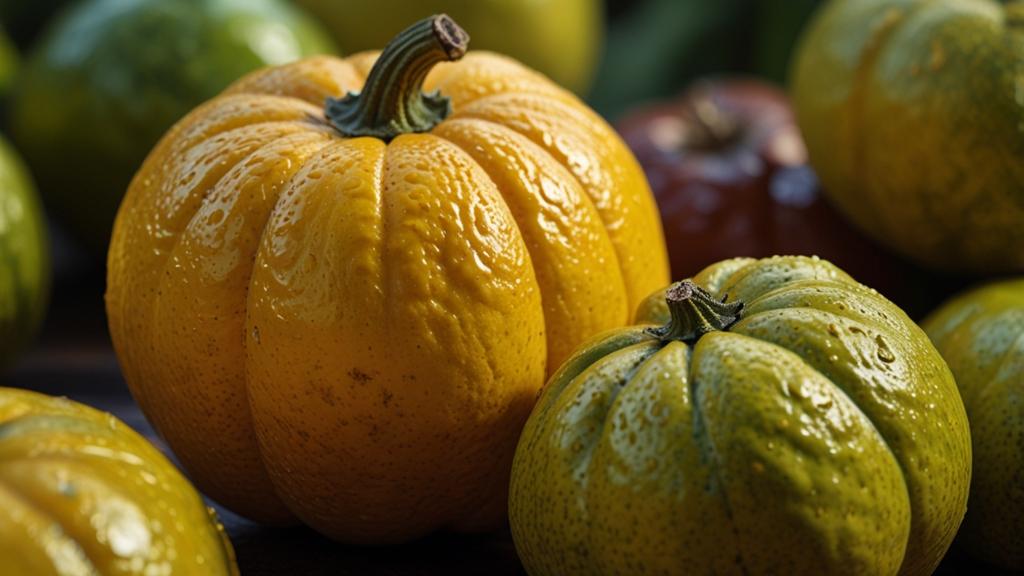
This tropical fruit extract is highly regarded for being rich in hydroxycitric acid (HCA), a compound that is widely believed to possess the remarkable potential to block fat production within the body, while simultaneously assisting in the reduction of feelings of hunger and effectively suppressing appetite. Additionally, its influence on serotonin levels may contribute to improved mood and reduced cravings, providing a dual benefit for individuals looking to control their weight. Many studies have suggested that HCA not only aids in inhibiting the enzymes responsible for fat synthesis but may also enhance overall metabolic function, making it a popular choice among those seeking to manage their weight more effectively.. Moreover, incorporating this extract into a balanced diet can lead to more long-term results when combined with regular physical activity.
- Benefits: Prevents fat storage, reduces cravings, and promotes satiety.
- How to Use: Take as a dietary supplement under the guidance of a healthcare provider.
4. Ginger
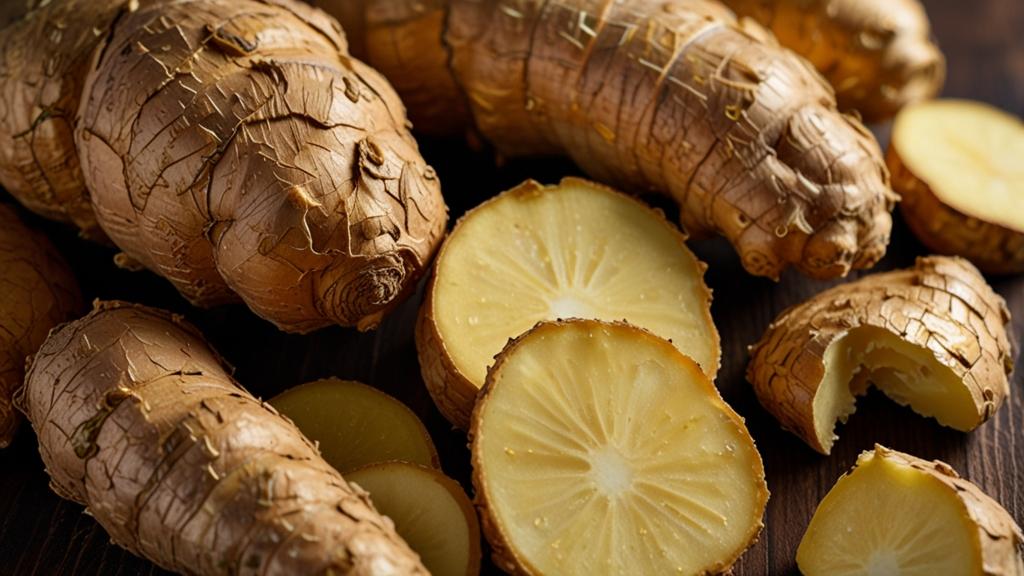
Ginger is known for its ability to improve digestion and reduce inflammation, both of which are crucial for weight management.
- Benefits: Enhances fat metabolism, reduces bloating, and curbs appetite.
- How to Use: Make ginger tea or add grated ginger to dishes and smoothies.
5. Cinnamon
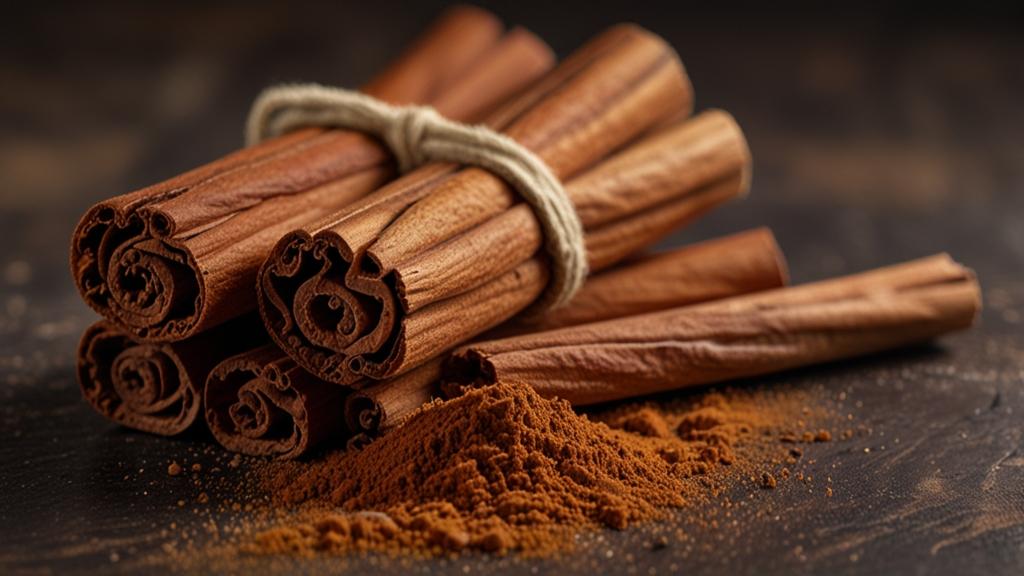
Cinnamon helps regulate blood sugar levels, which can prevent insulin spikes and reduce fat storage.
- Benefits: Controls blood sugar, improves metabolism, and adds flavor to foods without extra calories.
- How to Use: Sprinkle cinnamon on oatmeal, yogurt, or tea.
6. Turmeric
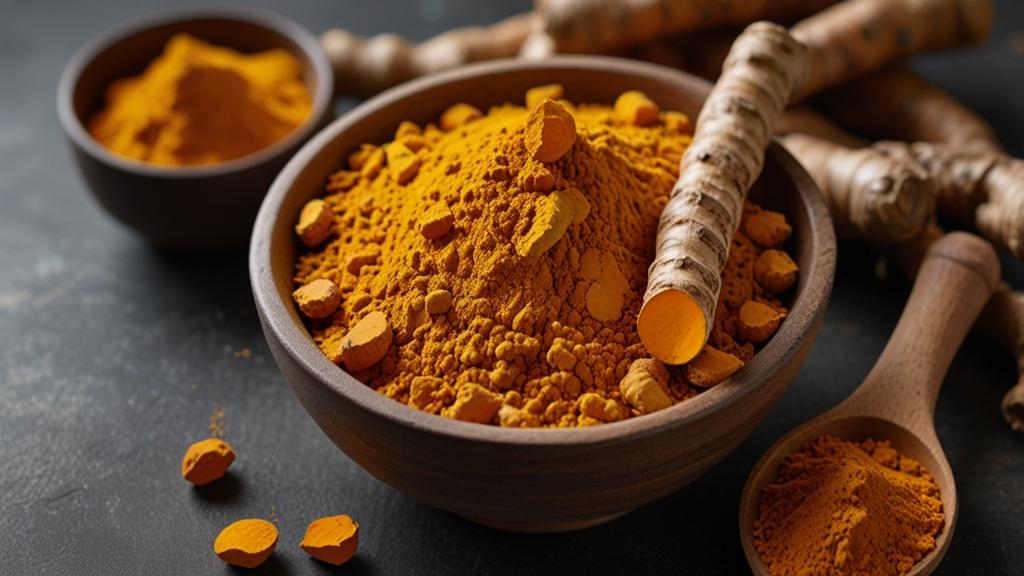
Curcumin, the active compound in turmeric, is known for its anti-inflammatory properties and its ability to promote fat loss by enhancing metabolism.
- Benefits: Reduces inflammation, boosts fat-burning enzymes, and improves insulin sensitivity.
- How to Use: Incorporate turmeric into meals or consume in the form of golden milk.
7. Dandelion
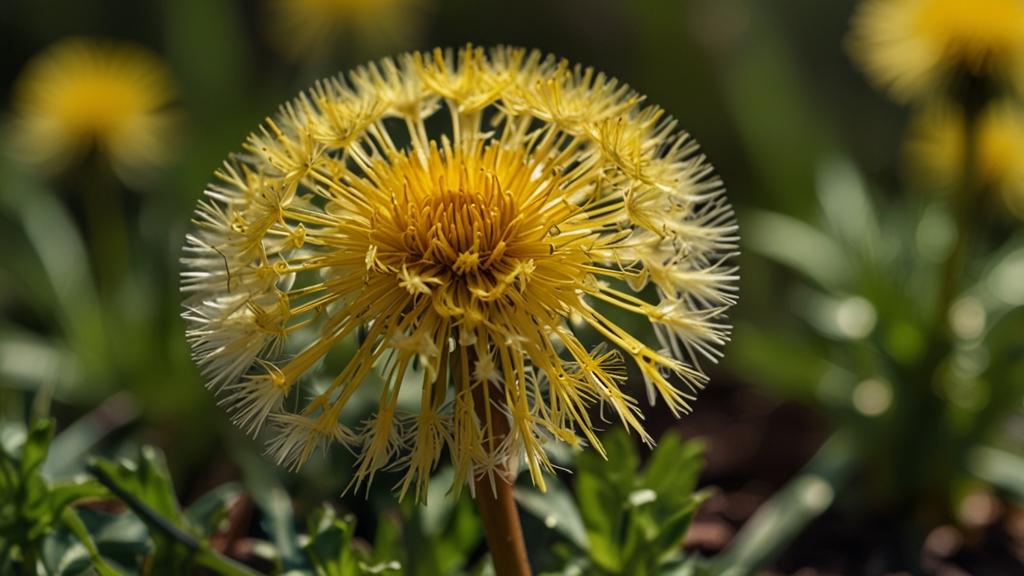
Dandelion root and leaves act as natural diuretics, reducing water retention and promoting digestion.
- Benefits: Reduces bloating, detoxifies the liver, and aids digestion.
- How to Use: Brew dandelion tea or use the leaves in salads.
8. Psyllium Husk
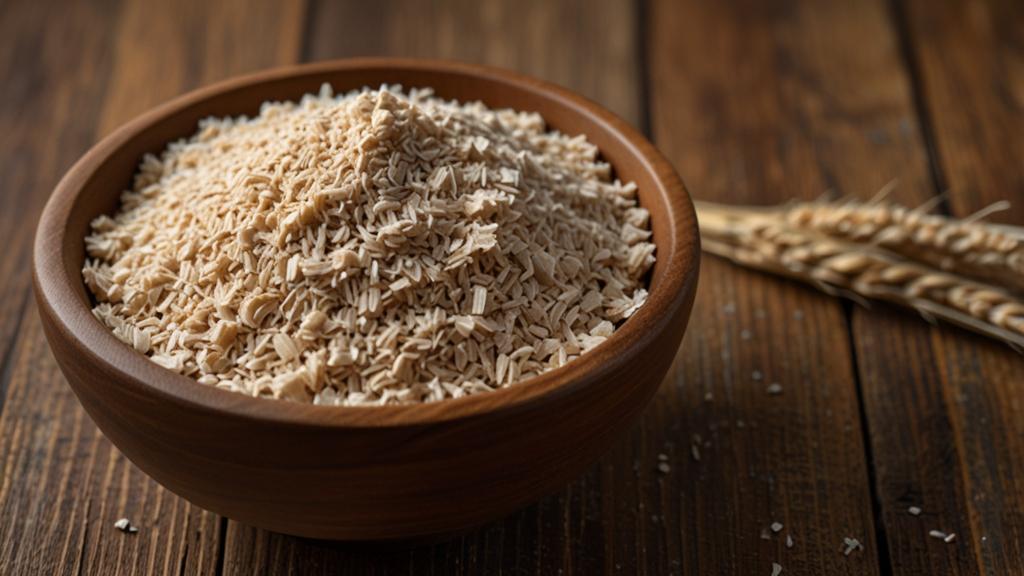
A dietary fiber, psyllium husk expands in the stomach, creating a feeling of fullness.
- Benefits: Promotes satiety, improves digestion, and supports gut health.
- How to Use: Mix with water or add to smoothies.
Combining Herbs for Enhanced Effects
Certain combinations of herbs can amplify their benefits. For instance:
- Green Tea and Ginger: Enhances fat metabolism and improves digestion.
- Cinnamon and Turmeric: Regulates blood sugar and reduces inflammation.
- Cayenne Pepper and Lemon: Boosts metabolism and flushes out toxins.
However, it is important to use these combinations thoughtfully, as excessive intake can lead to side effects like stomach irritation or allergic reactions.
Tips for Incorporating Herbs into Your Diet
- Start Small: Begin with small quantities to assess your body’s reaction.
- Stay Consistent: Regular consumption is necessary for visible results.
- Choose Fresh Ingredients: Opt for organic and fresh herbs to maximize their benefits.
- Avoid Overconsumption: Excessive use can lead to adverse effects.
- Pair with a Balanced Diet: Use herbs in conjunction with nutritious meals for optimal results.
- Hydrate Well: Drink plenty of water to support the detoxifying effects of herbs.
Precautions and Considerations
- Always consult a healthcare professional before starting any herbal regimen, especially if you are pregnant, nursing, or on medication.
- Be aware of potential allergies or sensitivities.
- Understand that natural remedies are supplemental and not substitutes for a healthy lifestyle.
Indian Way of food habits, incorporating natural herbs in daily food

Incorporating various herbs and spices into daily Indian cuisine not only enhances flavor but also offers numerous health benefits. Below is a list of commonly used herbs and spices, their medicinal properties, and typical everyday recipes in which they are utilized:
- Turmeric (Haldi)
- Medicinal Properties: Turmeric contains curcumin, a compound with potent anti-inflammatory and antioxidant effects. It supports joint health, boosts immunity, and may reduce the risk of heart disease.
- Common Usage: Turmeric is a staple in Indian cooking, used in curries, lentil dishes, and rice preparations.
- Common Recipes: Incorporated into dishes like “Dal Tadka” (tempered lentils), “Sabzi” (vegetable stir-fries), and beverages like “Golden Milk” (turmeric-infused milk).
- Cumin (Jeera)
- Medicinal Properties: Cumin aids digestion, reduces bloating, and is rich in iron, supporting red blood cell production.
- Common Usage: Often tempered in oil at the beginning of cooking, cumin seeds are used in dals, vegetable dishes, and spice blends.
- Common Recipes: Featured in “Jeera Rice” (cumin-flavored rice), “Rajma” (kidney bean curry), and “Chole” (chickpea curry).
- Ginger (Adrak)
- Medicinal Properties: Ginger is known for its anti-inflammatory properties, aids digestion, relieves nausea, and may reduce muscle pain.
- Common Usage: Fresh ginger is used in curries, teas, and marinades.
- Common Recipes: Incorporated into “Masala Chai” (spiced tea), “Ginger-Lemon Tea,” and “Aloo Gobi” (potato and cauliflower curry).
- Garlic (Lahsun)
- Medicinal Properties: Garlic possesses antimicrobial properties, supports heart health by potentially lowering blood pressure, and may reduce cholesterol levels.
- Common Usage: Commonly used in curries, chutneys, and pickles.
- Common Recipes: Used in “Garlic Naan” (leavened flatbread), “Lasooni Dal” (garlicky lentils), and “Garlic Chutney.”
- Coriander (Dhania)
- Medicinal Properties: Coriander acts as a diuretic, aids digestion, and has antioxidant properties.
- Common Usage: Both seeds and fresh leaves are used; seeds are ground into spice blends, while leaves garnish dishes and are integral to chutneys.
- Common Recipes: Fresh leaves garnish dishes like “Dhaniya Chutney” (coriander chutney), “Dhaniya Chicken,” and “Coriander Rice.”
- Fenugreek (Methi)
- Medicinal Properties: Fenugreek helps regulate blood sugar levels, supports digestion, and may reduce cholesterol.
- Common Usage: Leaves are used in dishes like “Aloo Methi” (potatoes with fenugreek leaves), and seeds are used in spice blends and pickles.
- Common Recipes: Leaves are used in “Methi Paratha” (fenugreek flatbread) and “Methi Thepla” (fenugreek flatbread), while seeds are used in “Achaar” (pickles).
- Mustard Seeds (Rai or Sarson)
- Medicinal Properties: Mustard seeds are rich in selenium and magnesium, have anti-inflammatory properties, and support metabolic health.
- Common Usage: Tempered in oil to release their flavor, commonly used in curries, dals, and pickles.
- Common Recipes: Tempered in “Sambar” (lentil stew), “Kaddu ki Sabzi” (pumpkin curry), and “Sarson ka Saag” (mustard greens curry).
- Cardamom (Elaichi)
- Medicinal Properties: Cardamom aids digestion, freshens breath, and has antioxidant properties.
- Common Usage: Used in both sweet and savory dishes, including desserts, teas, and biryanis.
- Common Recipes: Used in “Masala Chai” (spiced tea), “Kheer” (rice pudding), and “Elaichi Pulao” (cardamom-flavored rice).
- Cinnamon (Dalchini)
- Medicinal Properties: Cinnamon helps regulate blood sugar levels, has anti-inflammatory properties, and may reduce the risk of heart disease.
- Common Usage: Incorporated into curries, rice dishes, and desserts.
- Common Recipes: Incorporated into “Garam Masala” (spice blend), “Biryani” (layered rice dish), and “Masala Chai” (spiced tea).
- Cloves (Laung)
- Medicinal Properties: Cloves have antimicrobial properties, can aid in dental health, and may help regulate blood sugar levels.
- Common Usage: Used in spice blends, curries, and teas.
- Common Recipes: Used in “Pulao” (pilaf), “Khichdi” (rice and lentil dish), and “Chai” (tea).
Incorporating these herbs and spices into daily meals not only enriches the flavors but also contributes to a holistic approach to health, aligning with the principles of Ayurveda, the traditional Indian system of medicine.
Conclusion
Nature offers an abundance of plants and herbs that can aid in weight loss in a sustainable and holistic way. From boosting metabolism to reducing appetite, these natural remedies provide a range of benefits. However, it is essential to remember that lasting weight loss requires a combination of healthy eating, regular exercise, and proper lifestyle choices. Embrace these natural treasures responsibly, and let them be a part of your journey to achieving your health and fitness goals.



